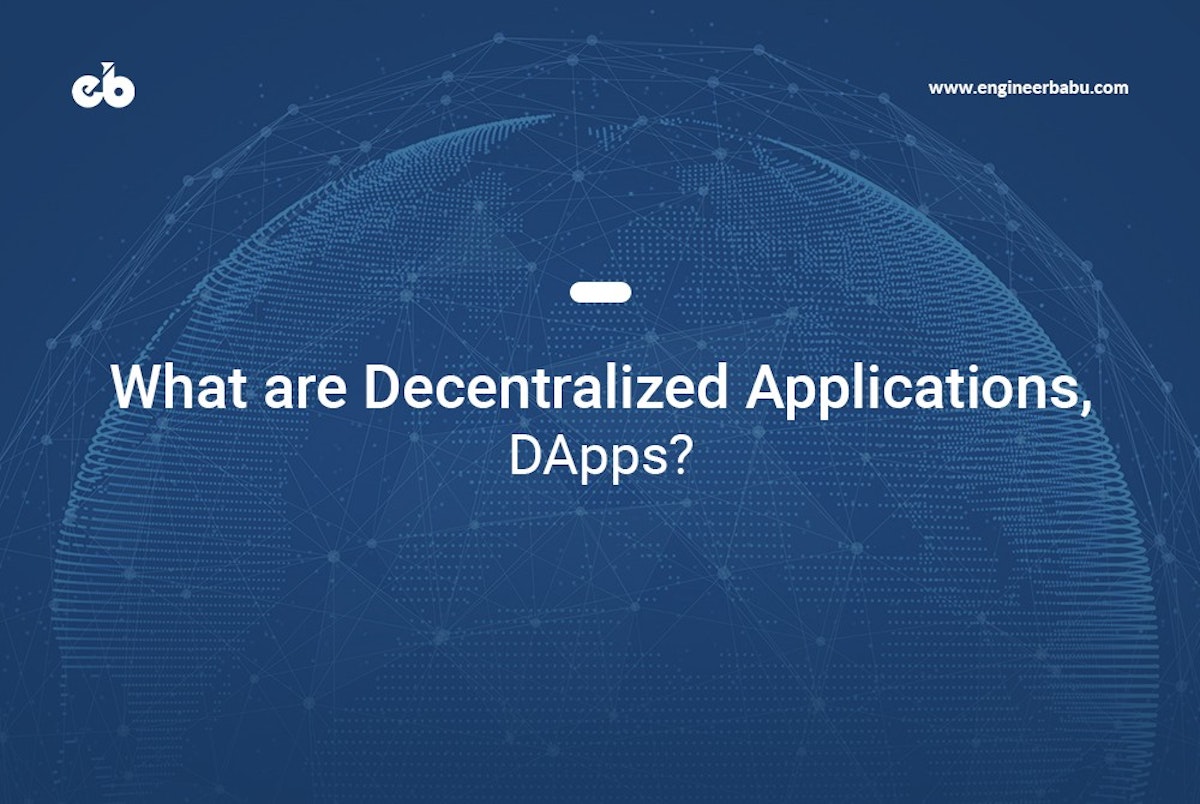5,752 reads
What are Decentralized Applications, DApps?

Too Long; Didn't Read
A modern model for creating highly scalable and profit-making applications is making its way to our regular lives these days. Bitcoin has gained popularity with features like peer-to-peer technology and distributed storage ledger. These features provide the building blocks for creating new type of applications which are called as decentralized applications, or DApps.L O A D I N G
. . . comments & more!
. . . comments & more!

